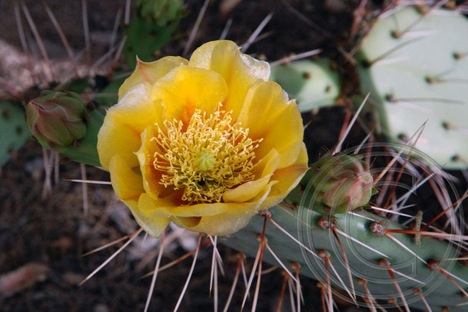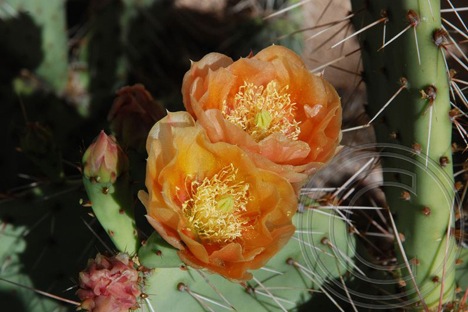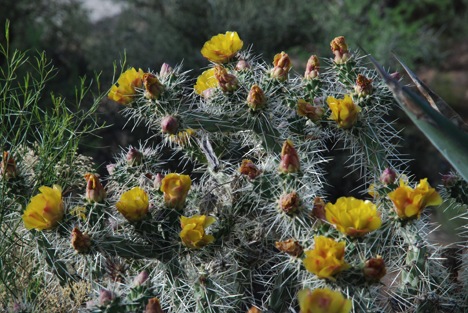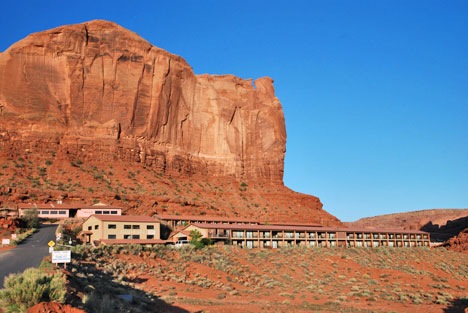It ain’t easy.
A lot of people think that aerial photography is easy. Go up in an aircraft and snap a photo. What can be easier than that?
Truth of the matter is, it’s not as easy at it seems. Mike and I learned this a while back, when we attempted to provide aerial photography services when I owned an R22 helicopter. And as a business person, photographer, and pilot, I have a unique perspective on the topic.
The way I see it, problems fall into three areas.
Client’s ability to accurately communicate what he wants a photo of.
Some clients — those are the folks who want the photos — simply can’t communicate what they want a photograph of. Couple that with their unreasonable expectations of what the photographer can do and the photographer’s failure to communicate his limitations and you’ve got a recipe for disaster.
Take, for example, one of our early photo shoots. A guy owned 10 acres of land southwest of Wickenburg. He hired us to photograph it from the air so he could use the photograph as a selling tool. What he failed to explain is that he expected a straight-down image, almost like a super zoomed in satellite view. The aircraft that take those kinds of photos are airplanes with belly cameras flying at 10,000 feet or higher. We can’t shoot straight down with our setup. The client said he wanted a photo of his land from the air. When we provided a very usable image from 1,500 feet up, slightly to the south, the client was very disappointed.
If you’re reading this as someone who needs aerial photos of a specific place, take the time to talk to the photographer and tell him exactly what you need. Draw pictures if you have to. Make sure he understands and can deliver what you need.
Photographer’s ability to communicate what he wants the pilot to do so he can get the shot.
This is the one that I, as a pilot, run into all the time. This problem appears to break down into three separate causes.
- The photographer thinks I’m a mind-reader and that I know what he wants to shoot, so he doesn’t provide instructions. When I don’t get the aircraft in the right position, it’s my fault because I couldn’t read his mind.

My helicopter was part of the equipment for this shot by Mike Reyfman. We were in an OGE hover 2,000 feet above the canyon when this plane came into view 1,000 feet below us.The photographer doesn’t understand exactly what a helicopter can do. Yes, if it isn’t too windy or we’re not too heavy or high, I can hover on point so you can get the shot. Yes, I can make a sharp turn — left or right — around the target. Yes, I can climb almost straight up (or descend almost straight down) to change the angle of the shot. Yes, I can fly sideways, at slow speed, to keep the target in frame. Yes, I can chase the target at almost any altitude or speed needed, keeping the target in front, beside, or behind the aircraft. But if the photographer doesn’t ask for any of these things, I’m not going to volunteer them. After all, I’m just the pilot — not the photographer.
- The photographer seems almost afraid to ask me to fly the way he needs me to. Maybe he’s flown with other pilots in the past who simply would not perform the maneuvers he needed. (I get a lot of my Phoenix-area photo business because one local helicopter operator refuses to fly below 300 feet or slower than 60 knots — not exactly flexible enough for aerial photography.) Some photographers may believe that all helicopter pilots set arbitrary limitations on how they’ll fly and don’t want to push. I don’t know about you, but if I’m paying a pilot $450/hour to fly me around to get the shots I need, I’m going to ask him to do exactly what I need him to do. If he says no, I won’t push. But if he says no to everything I ask, I’m not likely to call him again.
Pilot’s ability to put the aircraft where it needs to be to get the shot.
Sometimes the pilot just can’t do it. This could be because of lack of skill, lack of aircraft performance capability, or lack of space for maneuvering the aircraft:

My buddy, Jim Van Sky, was flying his helicopter in central Washington state last summer when he put me in position to get this shot. Jim is a highly skilled pilot with plenty of experience taking photographers around. It was a pleasure to shoot with him at the controls.Skill is pilot-specific. Either he has the skill or he doesn’t. He might not have it this year, but he might have it next year — that’s why it’s always a good idea to work with an experienced pilot. I know I can safely perform certain maneuvers now, at 2,100 hours flight experience, that I couldn’t even dream of performing when I was still building my first 1,000.
- Aircraft performance is aircraft-specific. I can’t tell you how many times I’ve heard photographers choose an R22 instead of an R44 or an airplane instead of a helicopter just to save a few bucks. When will these people learn that the aircraft is part of the equipment? Would you do the shoot with a disposable camera if a professional level Nikon or Canon were available? Yeah, the pro camera will cost more, but it’ll do a much better job. The same goes for aircraft. Airplanes simply lack the flexibility of helicopters for serious aerial photography. Yes, you can often get the same shot from an airplane, but it’ll take the pilot twice as long to get into position and to get back into position for the next batch of shots. And while you’re getting into position, you can’t get all those other interesting shots you might see because the wing strut or prop or some other airplane component is in the way. (And yes, there are exceptions to this, but they’re mostly customized solutions, such as the aircraft flown by photographer Adriel Heisey.) As for R22 vs. R44 (or any other larger helicopter), unless both you and your pilot weigh under 150 pounds and you’re flying with half tanks of fuel at sea level on a cool, calm day, you’re asking for trouble flying a serious photo mission in such a small aircraft. It simply does not have the performance needed for challenging maneuvers or high density altitude operations. The photographer in this aircraft learned the hard way.

My husband, Mike, took this shot of Rainbow Bridge a few years ago. It’s tough to get a shot better than this from the air.Location isn’t always accessible. Sometimes there just isn’t enough room in the air around the target to get into position. Here’s a good example. I take a lot of photographers over Lake Powell. Many of them want to shoot Rainbow Bridge, which is in a deep, narrow canyon off the lake. Because of the nature of the canyon and its surroundings and the weird wind patterns that sometimes set up in there and the general high density altitude conditions that prevail at Lake Powell, the closest I can get to Rainbow Bridge is about 500 to 1000 feet above it. I won’t hover there — if we get into a settling with power situation, there’s simply no way out. I always do it as a slow fly-by, circling as needed. That’s the best I can do. Part of it is skill and part of it is aircraft performance (or my understanding of it though 800 hours of stick time in that aircraft), but most of it is the sheer difficulty of the terrain around the target. I’m not willing to descend down into a canyon that I may or may not be able to safely climb out of. There are plenty of other places like this where, for one reason or another, the aircraft just can’t get into the perfect position for the photographer to get the shot.
And then there’s the photographer.

I was a passenger on my own helicopter when I shot this view of San Francisco with the marine layer moving in beneath us.
None of these points take into consideration the photographer’s skill, his choice of lenses and other equipment for the shoot, and the suitability of the subject matter for aerial photography.
Some photographers just don’t “get” aerial photography. That doesn’t mean they won’t. It just means they need to think it out beforehand, give it a few tries, analyze the results, and try again until they do.
Or maybe it just isn’t for them.
But when done right, aerial photos can be a truly amazing look at our world.










